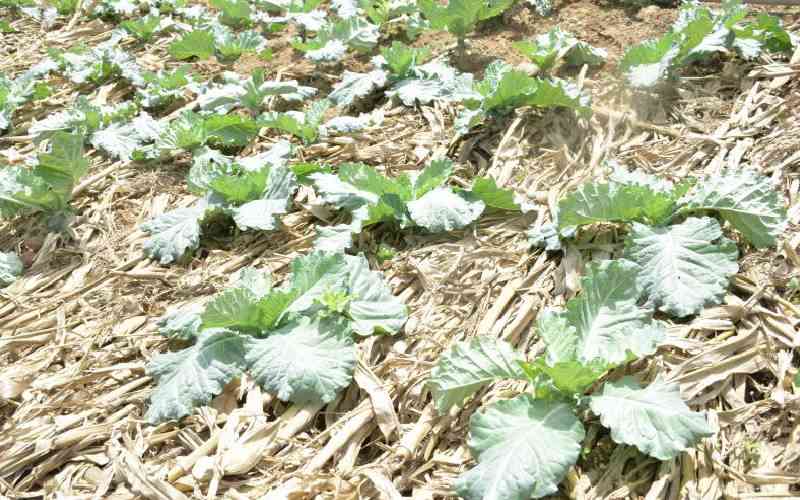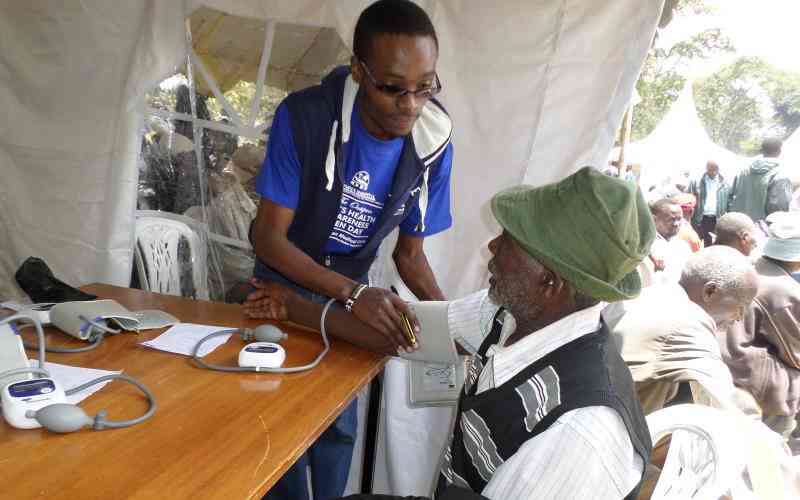
Eastern Africa is making progress toward a greener and more sustainable future through what’s known as the bioeconomy. The bioeconomy uses natural resources like plants, animals, and even waste to produce goods such as food, energy, and materials that benefit both people and the environment.
A new report, titled “State of the bioeconomy in Eastern Africa: 2024”, offers a detailed look at the region’s progress and the opportunities that lie ahead.
The report was produced by the East African Science and Technology Commission (EASTECO), the Stockholm Environment Institute (SEI), and the International Centre of Insect Physiology and Ecology, a Nairobi-based research center that focuses on the role of insects in agriculture, health, and the environment. It was released shortly after Kenya hosted the fourth Global Bioeconomy Summit 2024 (GBS2024) in Nairobi, marking the first time the event was held in Africa.
The summit focused on several key areas, including building sustainable food systems, protecting the environment, reducing reliance on fossil fuels, and creating new jobs, especially for young people.
Leaders from 52 countries attended the summit, discussing how the bioeconomy can drive global change by promoting innovation and conservation.
For Eastern Africa to fully benefit from the bioeconomy, the region needs to invest more in Research and Development (R&D).
- Misdiagnosis, climate change to blame for pathogens' resistance to drugs
- Scorching truth: How climate change aggravates brain diseases
- Africa pushes for climate justice at COP 29, seeks $1.3tr financing promise
- Climate crisis leave millions in distress - UN
Keep Reading
Unfortunately, most countries in the region invest very little in R&D. According to UNESCO, African countries, on average, invest less than one percent of their GDP in research, well below the global average.
This lack of investment slows down the development of new bio-based technologies and products that could drive the regional growth.
However, some countries are leading the charge. Kenya, for instance, is at the fore front of developing agricultural biotechnology and sustainable farming practices.
Institutions like the Kenya Agricultural and Livestock Research Organization (Karlo) and the International Livestock Research Institute (ILRI) are doing important work in these areas.
Even so, Kenya—and the rest of Eastern Africa region—needs greater collaboration between governments, private companies, and research organizations to accelerate progress.
Rwanda and Ethiopia are also making progress. Rwanda’s Vision 2050 plan emphasizes innovation as key to better resource management while Ethiopia’s Agricultural Transformation Agency (ATA) is helping small-scale farmers access new bio-based technologies.
A major obstacle for the bioeconomy in Eastern Africa is the lack of clear rules and policies that would help bio-based products grow and thrive. While some countries, like Kenya, are working on bioeconomy strategies, many others are still at the beginning stages of developing these policies.
One of the key issues is that countries in the region don’t have unified rules, which makes trading bio-based products between countries difficult. Eastern Africa is part of the African Continental Free Trade Area (AfCFTA), which aims to create a single market for goods and services across Africa.
But because countries have different regulations on biotechnology, biosafety, and environmental protection, it creates barriers to trading these goods across borders.
For example, Kenya recently lifted its ban on Genetically Modified Organisms (GMOs), but Tanzania and Uganda still have restrictions, making it harder for bio-based agricultural products to move freely across the region.
To grow the bioeconomy, Eastern African countries need to develop policies that support innovation, protect the environment, and benefit small farmers, who are key players in agriculture.The bioeconomy can only succeed if the infrastructure that supports the production and sale of bio-based products improves.
Building better infrastructure—such as roads, electricity, and storage facilities—would help unlock the full potential of the bioeconomy in Eastern Africa.
To build a strong bioeconomy, Eastern Africa also needs to invest in education and skills training. Most of the population in the region is young, with more than 60 percent under the age of 25. This provides a large workforce that could drive bioeconomic growth, but the young generation needs the right skills.
 The Standard Group Plc is a multi-media organization with investments in media platforms spanning newspaper print
operations, television, radio broadcasting, digital and online services. The Standard Group is recognized as a
leading multi-media house in Kenya with a key influence in matters of national and international interest.
The Standard Group Plc is a multi-media organization with investments in media platforms spanning newspaper print
operations, television, radio broadcasting, digital and online services. The Standard Group is recognized as a
leading multi-media house in Kenya with a key influence in matters of national and international interest.











